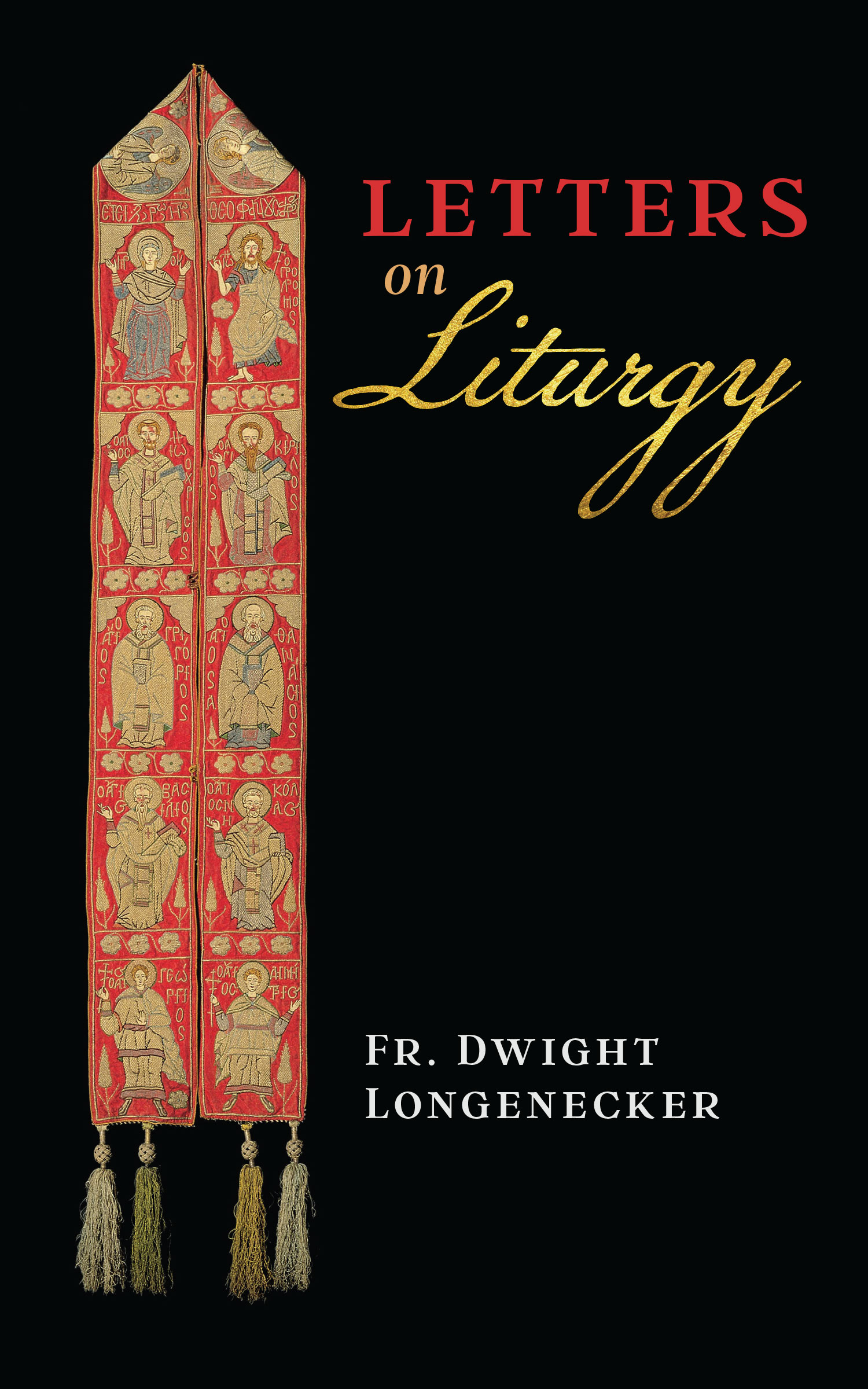My new book Letters on Liturgy is published this week. The book takes the form of letters to a fictional seminarian about the theory and practicalities of celebrating the liturgy. However, I hope this format will not limit interest to seminarians. Instead, it was a way of putting my thoughts and feelings down about the sometimes vexed subject of the liturgy.
Why did I bother to write the book? Because I have become increasingly troubled by the liturgy wars in the church. On the one hand we have the typical abuses of the Ordinary Form of the Mass–brutal architecture, bland preaching, out of date folk music and a general lack of reverence and indifference. In response it seems an increasing number of Catholics are not only seeking out the Extraordinary Form of the Mass, but some are creating a kind of Baroque sect in which they feel it necessary to shoot down other Catholics with arrows of liturgical correctness.
Certainly there is a need for liturgical correctness, and the proper form of liturgy police provide a good service to the whole church.
My book is an attempt to defend and explain traditional worship without extremism. I hesitated to write the book at all because I am, by no means, a liturgist. I have not studied the ancient texts. I am not a Latin or Greek scholar. I am ignorant when it comes to the rubrics for vesting in the Eastern Rite of St Adenoid the Prophet. My experience is that of a parish priest first in the Anglican communion, then as a Catholic.
While I am not a liturgical scholar or liturgist I value those who are. We need them and they do a good work helping dolts like me get it right. I come to the liturgy not only as a parish priest, but also from my background as a Speech and English major who has always been interested in literature, story tellings, drama and film. I’m interested in the psychology of language and the inner dynamics of prayer and worship. I believe the truth and goodness of our faith is communicated through beauty. Indeed, I like to say, “Beauty is the language of worship.”
The new book therefore, is perhaps a unique contribution to the subject, and I hope it will not be judged for what it is not–some sort of definitive textbook or code of practice. It is written in an informal language of a personal letter to emphasize that these are no more than my opinions and reflections on the liturgy after trying to put good practice in place in very ordinary settings in parishes and schools.
I’ve written on architecture from our experience in building a new Catholic church in our parish. I’ve commented on music from my background as an Evangelical, then an Anglican and now a Catholic. If my opinions are not strictly conformist–they are what they are–a contribution from my own particular journey. I’ve commented on vestments and altar servers, preaching and reading the Scriptures. I’ve also commented on how language is used, opined on the need for Latin or not and how traditional worship penetrates to the deepest regions of the human heart.
I hope folks will appreciate the book for what it is, and I’d be delighted if it sparked comment and interest and got ordinary Catholics–both priests and people to think more deeply about the liturgy and take action to bring increased reverence and beauty back into our Catholic worship.







Very interested in reading your book Fr…God Bless. 👍😀
This looks great, Father. I’ve already ordered my copy!